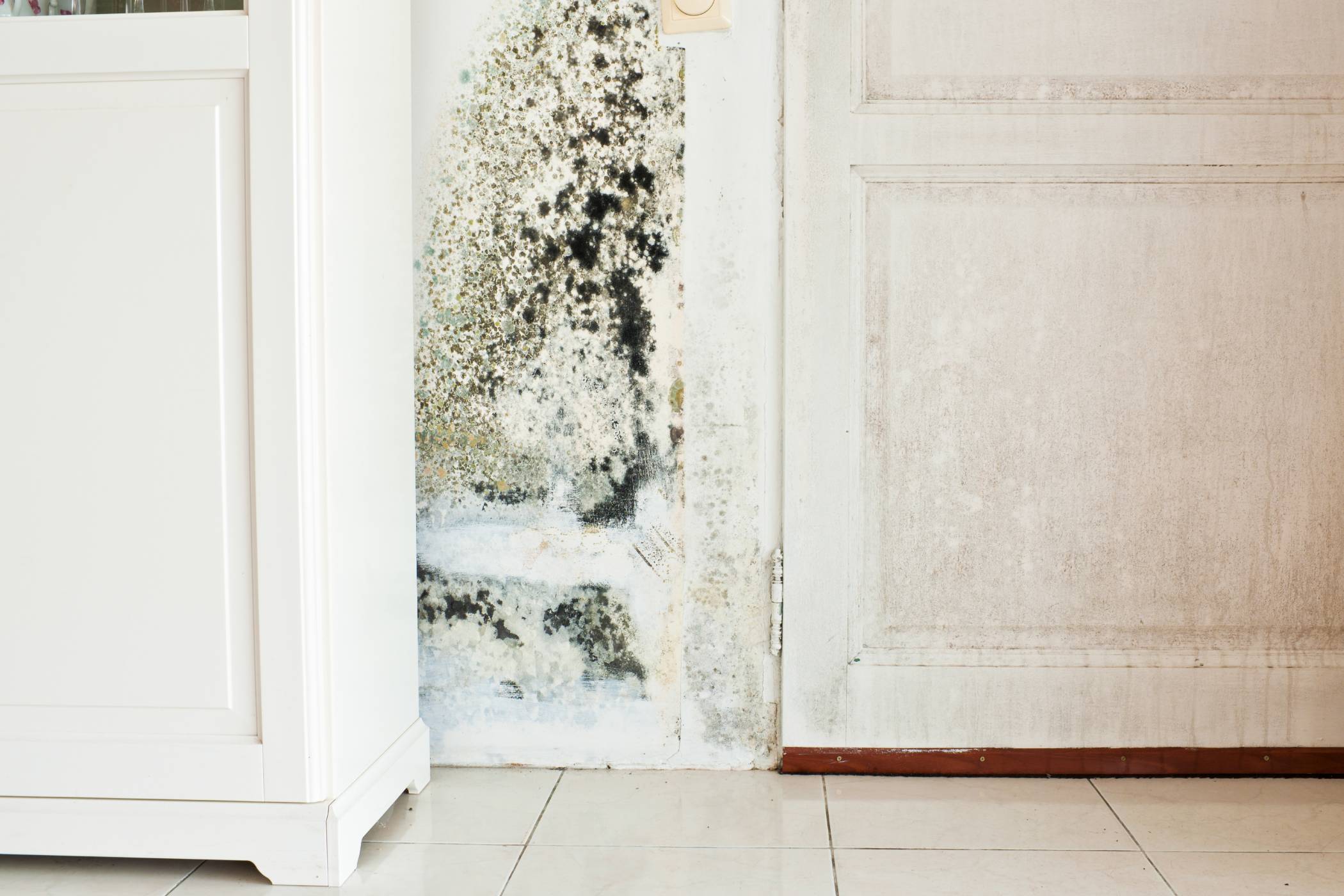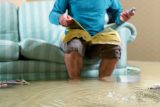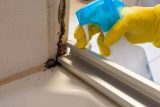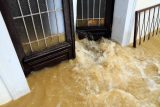Black Mold Prevention: How To Keep Your Home Safe
Homeowners
Call Now for 24/7 Emergencies574-385-9111
Posted by: David Sanner 4 months ago
Black mold, scientifically known as Stachybotrys chartarum, is a common household problem that can pose significant health risks to you and your family. It thrives in areas with moisture and can be especially challenging to eradicate once it takes hold.
However, by taking proactive steps to prevent its growth, you can keep your home safe and healthy. In this blog, we’ll explore effective strategies for black mold prevention.
Have you spotted mold or potential mold in your home? Give us a call 24/7 so we can help!

Understanding Black Mold
Remember, just because mold is black, doesn’t mean it’s stachybotrys chartarum. Dead mold of other types of mold strains that aren’t as dangerous can look black, along with dirt and decaying wood. The best way to test for black mold is to use a lab test and an air sample test to see if it is airborne.
Black mold is a type of fungus that produces mycotoxins, which can be harmful when inhaled or come into contact with the skin. It typically appears as slimy, dark greenish-black patches on walls, ceilings, or other damp surfaces.
Serious health problems associated with black mold exposure can include respiratory issues, allergies, and more severe health conditions in individuals with compromised immune systems.
Effective Black Mold Prevention Strategies
- Manage Moisture Levels: Mold thrives in damp conditions, so controlling moisture is extremely important. Use dehumidifiers in areas prone to high humidity, such as basements and bathrooms. Fix any leaks promptly, and ensure good ventilation in bathrooms and kitchens.
- Regular Cleaning: Routinely clean and maintain your home. Dust and vacuum frequently to prevent the buildup of mold spores. Pay special attention to areas like the bathroom, kitchen, and basement.
- Proper Ventilation: Ensure that your home has adequate ventilation. Use exhaust fans in bathrooms and kitchens to remove excess moisture. Consider installing a ventilation system if your home lacks proper airflow.
- Seal Leaks: Inspect your home for any water leaks, including roof leaks, plumbing leaks, or leaks around windows and doors. Seal these leaks promptly to prevent water intrusion.
- Reduce Clutter: Mold can grow on organic materials like paper, cardboard, and wood. Minimize clutter and store items in dry, well-ventilated areas.
- Use Mold-Resistant Materials: When renovating or remodeling, consider using mold-resistant materials in areas prone to moisture, such as mold-resistant drywall and paints.
- Landscaping: Ensure proper drainage around your home’s foundation to prevent water from seeping into the basement or crawl space.
- Regular Inspections: Periodically inspect your home for signs of mold growth, especially in areas where moisture is common. Catching it early can prevent extensive damage.
- Control Humidity: Maintain indoor humidity levels below 50%. Using a hygrometer can help you monitor and adjust humidity levels as needed.
- Professional Inspection: If you suspect mold or have had a previous mold issue, consider hiring a professional mold inspection and remediation service like Lake City Restoration to assess and address the problem effectively.
Taking Action for a Mold-Free Home
Preventing black mold is crucial not only for your property’s structural integrity but also for the health and well-being of your loved ones. By following these prevention strategies and staying vigilant for any signs of mold, you can create a safe and healthy environment in your home.
In case you do encounter mold growth, it’s essential to address it promptly and professionally to ensure complete removal and prevent its return.
Lake City Restoration is here to assist you in maintaining a mold-free home and ensuring your family’s health and safety.
Categories:
About: David Sanner
David’s mission is to always provide the best for each customer, using the latest technology and methods with integrity. Owning his own business has given him the freedom to embrace innovation, industry changes, and technological advancements quickly while providing services to a large geographic area.
You May Be Interested In:

Flood Preparedness: Tips for Minimizing Damage Before Restoration
6 days ago by David Sanner

How to Prevent Future Mold Growth After Water Damage Restoration
3 weeks ago by David Sanner

The Role of Professional Restoration in Preserving Valuables After a Disaster
1 month ago by David Sanner

Flood Preparedness: Simple Steps to Protect Your Home
2 months ago by David Sanner
Are You Currently Having an Emergency?
Whether you’re having an emergency now or you’ve recently found damage, we’re ready to help 24/7! Call us now or reach out to our contact page.